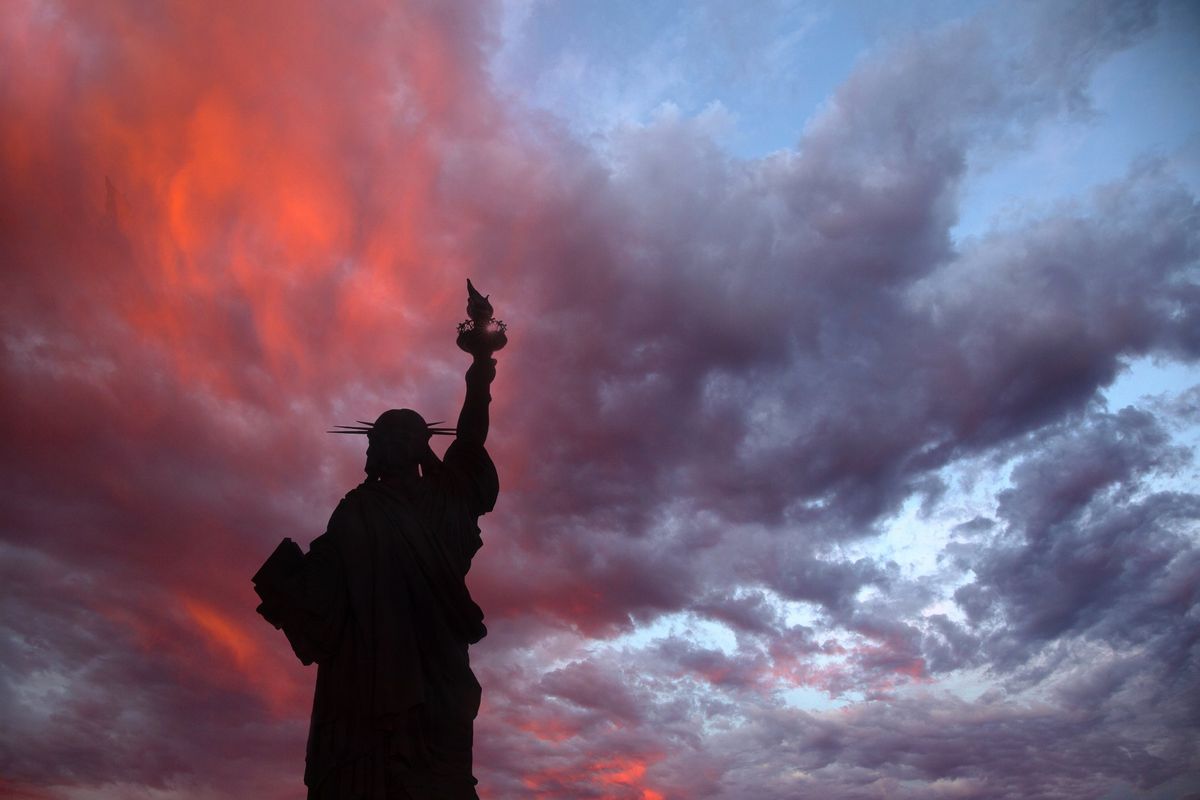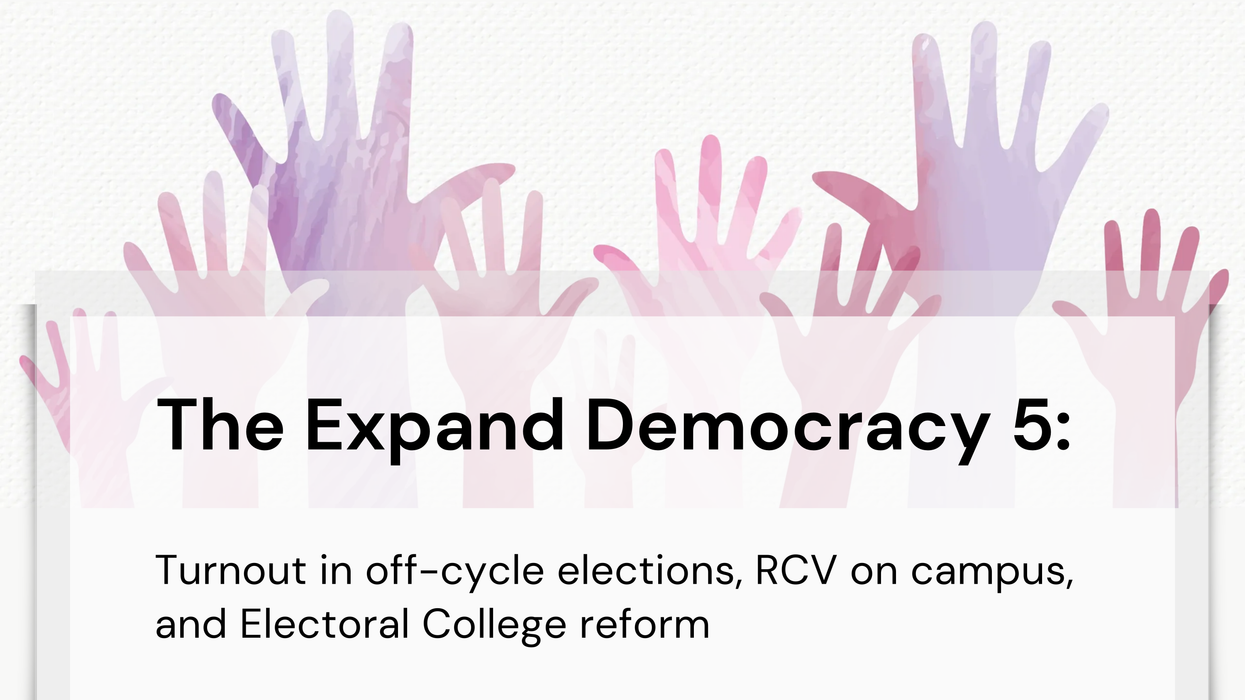College students turned out at the polls in droves for the 2018 election, more than doubling their voting rate from the midterm contest four years prior.
The share of collegiate Americans who cast ballots in last year's midterm was 40.3 percent, a surge of 21 percentage points from 2014, researchers at Tufts University reported Thursday.
The report provides more good news for those worried the civic engagement of younger people has atrophied, and that those with the most schooling are not as politically active as they once were. (The study is also heartening for Democrats, because the young and well-educated are key components of their base.)
But the turnout boost by college kids was only marginally better than for young people generally. About 36 percent of all voters 18 to 29 went to the polls in 2018, up 16 points from four years before.
Turnout in midterms almost always lags the numbers in presidential years. But the study found college student turnout in 2018 was only 11 points below what is was in 2016, when President Trump defeated Hillary Clinton.
Of the students studied, women voted more than men, black women had the highest voter turnout of any student group (58 percent) and Hispanic women saw the highest jump in voting rates (up 16 points).
Sign up for The Fulcrum newsletter
The study "marks a watershed election year for student voter turnout, including promising progress in narrowing some persistent turnout gaps," said Nancy Thomas, director of the Institute for Democracy & Higher Education at Tufts' Tisch College of Civic Life. "College students today are more diverse than ever, and while they are not a monolithic group, they represent a formidable voting bloc of nearly 20 million."
The study looked at the political participation patterns of about half of them, at 1,050 campuses nationwide.





















